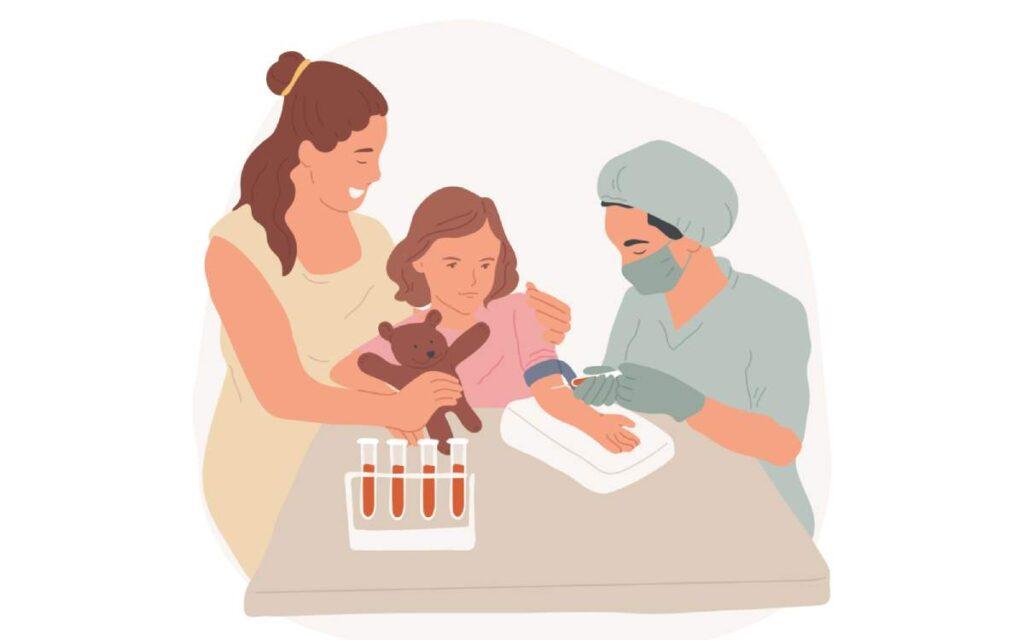Venipuncture, a fundamental procedure in healthcare, involves the extraction of blood from a vein for various diagnostic, therapeutic, and monitoring purposes. Mastering this technique requires a delicate balance of skill, precision, and empathy. From seasoned healthcare professionals to aspiring phlebotomists, understanding the intricacies of venipuncture is crucial for delivering quality patient care. In this article, we delve into the art and science behind venipuncture, exploring its significance, techniques, challenges, and advancements.
The Significance of Venipuncture:
Venipuncture serves as a gateway to invaluable insights into a patient’s health. Blood drawn through this procedure is analyzed for a multitude of purposes, including diagnosing diseases, monitoring treatment effectiveness, and assessing overall health status. It provides clinicians with essential data such as complete blood counts, blood chemistry profiles, and infectious disease markers, aiding in accurate diagnoses and informed decision-making.
Techniques and Procedure:
Executing venipuncture proficiently requires adherence to standardized techniques and protocols. The procedure typically begins with patient identification and verification of requisition forms. Next, the phlebotomist selects an appropriate venipuncture site, often the antecubital fossa, where veins are accessible and easily palpable.
Before inserting the needle, the site is cleansed with an antiseptic solution to minimize the risk of infection. A tourniquet is applied proximal to the puncture site to engorge the veins, facilitating easier vein localization. With steady hands and a gentle touch, the needle is inserted into the vein at a slight angle, and blood is collected into evacuated tubes or syringes.
Upon completion, the tourniquet is released, and pressure is applied to the puncture site to prevent bleeding and hematoma formation. The collected blood is then labeled accurately, ensuring proper identification and traceability throughout the testing process.
Challenges and Considerations:
Venipuncture, while routine for healthcare professionals, presents inherent challenges and considerations. Vein accessibility can vary greatly among individuals, posing difficulty in certain cases, such as pediatric or geriatric patients or those with compromised vasculature due to medical conditions or treatments.
Moreover, patient anxiety and fear of needles can exacerbate the procedure’s complexity, necessitating empathetic communication and a calming demeanor from the phlebotomist. Ensuring patient comfort and safety throughout the process is paramount, requiring patience, reassurance, and effective pain management strategies.
Advancements and Innovations:
Innovations in venipuncture techniques and technologies continue to enhance the procedure’s efficiency, safety, and patient experience. Automated venipuncture devices, for instance, offer precise control over needle insertion depth and angle, minimizing the risk of complications and operator variability.
Additionally, the advent of vein visualization devices aids in real-time vein localization, particularly in challenging cases where veins are difficult to palpate. These devices utilize infrared light to enhance vein contrast, guiding phlebotomists to optimal puncture sites with greater accuracy and confidence.



